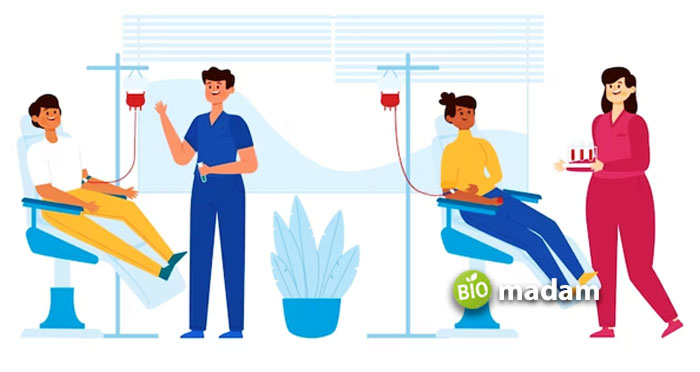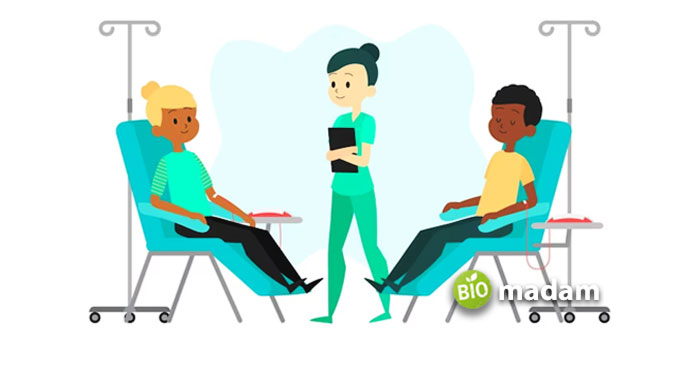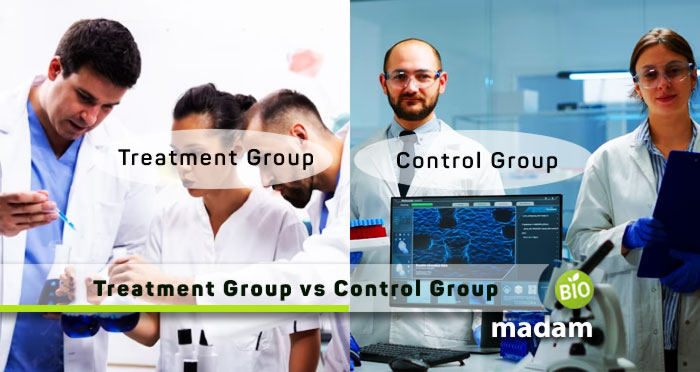When conducting scientific research, it is important to clearly understand the difference between a treatment group and a control group. These two groups play important roles in the research process and help to ensure the validity of the study results. They help you with microevolution, macroevolution, and the effects of surroundings on organisms and vice versa. Keep reading to know all the differences between treatment and control groups in research.
Comparison Table
| Characteristics | Treatment Group | Control Group |
| Definition | Receives treatment | Does not receive treatment |
| Approach | Given the drug | Given placebo |
| Purpose | Effectiveness of treatment | Acts as a baseline reference |
| Example | Individuals receiving drug that regulates blood sugar level | Individuals receiving multivitamins without knowing |
What is a Treatment Group?
A treatment group is a group of participants who receive the treatment in a study. The treatment can be medication, therapy, or any other intervention. The study aims to determine whether the treatment is effective in achieving the desired outcome.
Purpose of Treatment Group
The purpose of the treatment group is to evaluate the effectiveness of the treatment being tested for a disease or condition. Researchers want to determine whether the treatment significantly impacts the outcome. The treatment group shows whether the treatment is effective or not and whether it has any unwanted side effects.

What is a Control Group?
A control group is a group of participants who do not receive the treatment. Instead, they may receive a placebo or a standard treatment. The control group serves as a reference point to compare the results of the treatment group. It is also known as the placebo or group receiving the placebo treatment.
Purpose of Control Group
The control group is used to establish a baseline against which the effects of the treatment can be compared. The control group provides a reference point for what would happen if the participants did not receive the treatment being tested. The control group helps researchers determine whether any observed effects of the treatment are due to the treatment itself or other factors.

Treatment and Control Group in Practical
Control groups are commonly used when pharmaceutical companies test new medications for physical or psychological health, including studies on various antigens. Subjects are screened to ensure they are appropriate candidates for the experiment. Those accepted to participate get either treatment or a control group.
How to Reduce Chances of Invalid Control Groups
The following two methods can aid you in minimizing the risk of invalid control groups.
Randomization
Randomization is an important aspect of study design that helps ensure that the treatment and control groups are comparable.
Randomization involves assigning participants to either the treatment or control group randomly. This helps to minimize bias and ensures that any differences between the groups are not due to chance.

Blinding
Blinding is another important aspect of study design. It involves keeping the participants, researchers, and/or evaluators unaware of which group the participants are assigned to. This helps to reduce bias and ensures that the expectations or assumptions of the researchers or participants do not influence the results.
The Bottom Line
The treatment and control groups are two key components of scientific research. The treatment group receives the tested treatment, while the control group does not. The purpose of the treatment group is to evaluate the effectiveness of the treatment, whereas the control group provides a baseline for comparison. Randomization and blinding are important aspects of study design that help to ensure the validity of the study results. By understanding the differences between these two groups, researchers can design studies that provide accurate and reliable evidence for the effectiveness of treatments and interventions.
FAQs
What is treatment in research example?
Treatment or treatment groups may refer to three groups of patients who receive different classes of drugs for the same ailments to check their effectiveness.
What are treatment group goals?
Treatment groups provide evidence regarding the efficacy of a particular treatment. They may also help you evaluate changes in a particular area over time.
What is a placebo control group?
This group of participants receives a placebo, an inert substance that looks and tastes like the treatment but contains no active ingredients. It is commonly used in studies of medication and is designed to control for the placebo effect, which occurs when people experience improvement simply because they believe they are receiving effective treatment.
What is an active control group?
An active control group is a group of participants who receive an alternative treatment known to be effective for the condition. It is used when there is already an established treatment for the condition, and the study’s goal is to compare the new treatment to the established treatment.
What is a historical control group?
Group of participants who were treated for the same condition in the past before the new treatment was available. It is used when using a placebo or active control is not ethical or practical, such as in studies of rare diseases or disorders.
What is an invalid control group?
An invalid control group is used for comparison in a study that does not adequately represent the population or does not control for all relevant factors that could affect the outcome. This can lead to misleading or inaccurate conclusions about the effectiveness of an intervention or treatment.
What is an example of an invalid control group?
Suppose a researcher is studying the effectiveness of a new drug for treating high blood pressure. The researcher decides to use a control group of healthy individuals with normal blood pressure levels. This control group is invalid because it does not adequately represent the population, which is people with high blood pressure. In this case, the control group would not be a valid comparison for the treatment group and would not provide accurate results for the study.
Is placebo a control group?
Yes, placebo groups are control groups, as the control group may receive a placebo or not get any treatment.

Jeannie has achieved her Master’s degree in science and technology and is further pursuing a Ph.D. She desires to provide you the validated knowledge about science, technology, and the environment through writing articles.

